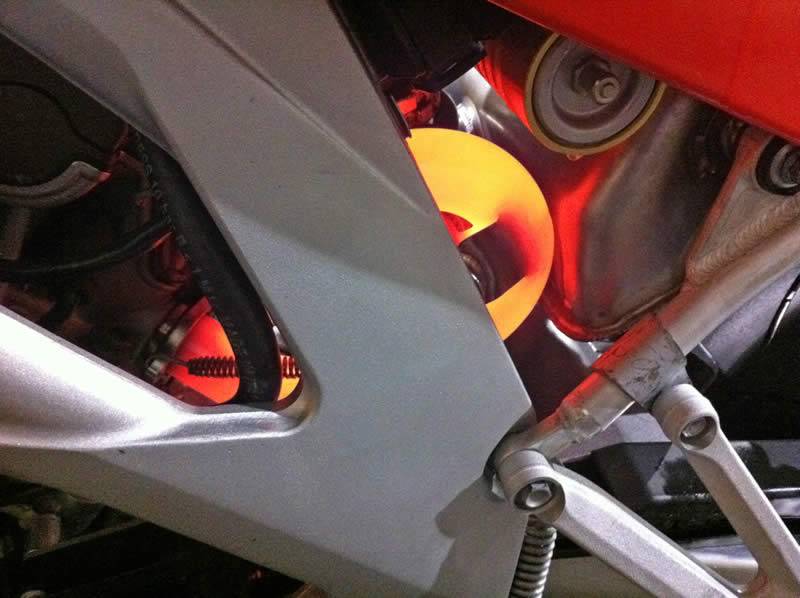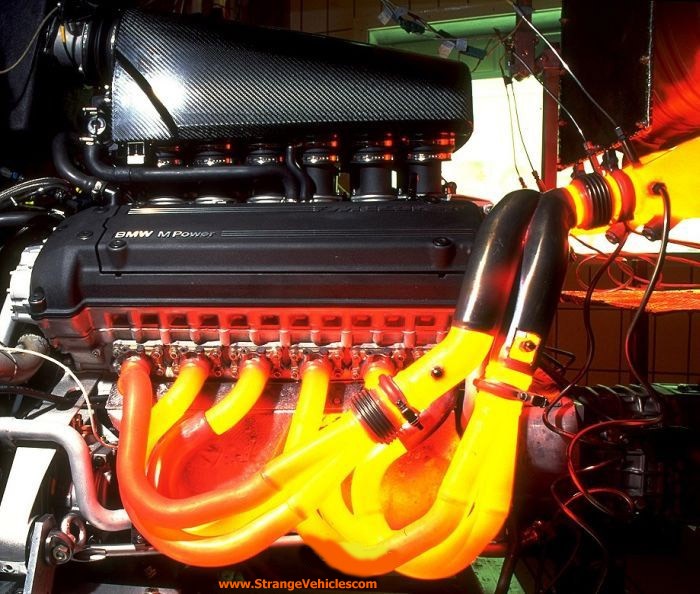How Hot Does My Exhaust Pipe Get?
How Hot Does an Exhaust Get? The Real Temperatures Explained
The highest temperatures that an exhaust manifold or exhaust pipe can reach are approximately 850°C (1,600°F).
As a general reference, metals start to turn red at 500°C and glow a dark cherry red at around 635°C (1,175°F).
Where Does the Exhaust Get the Hottest?
The hottest parts of your exhaust system are usually:
-
A bend in the exhaust pipe near the cylinder head
-
Around the catalytic converter
As RPM or engine load increases, exhaust temperatures naturally rise — this is when the engine burns the most fuel and produces maximum torque or horsepower.
Typical Exhaust Temperatures in Road Cars | How Hot Does Your Exhaust Get?
Tests show that for typical road vehicles:
-
Around 120°C (250°F) at 50 km/h (30 mph)
-
Up to 550°C (1,020°F) at 112 km/h (70 mph)

How to Prevent Heat Damage in the Engine Bay
There are three main ways to protect nearby components from exhaust heat:
-
Insulate the exhaust pipe to retain heat within the pipe.
-
Install a reflective barrier with an air gap between the exhaust pipe and other components.
-
Add reflective and insulating materials to heat-sensitive parts that may be exposed to radiant exhaust heat.
Using Exhaust Wraps to Reduce Heat
We typically use exhaust wraps or tapes in a spiral pattern around the exhaust pipe or manifold to trap heat inside.
Tests show that exhaust wraps can reduce engine bay temperatures by up to 50%.
Common exhaust wrap materials include:
-
Fibreglass (melts around 815°C)
-
Silica
-
Basalt
-
Ceramic wraps
Factory Heat Shields in Modern Cars
Many modern cars now feature embossed aluminium or steel heat shields to manage heat effectively.
These shields are mounted 1–2 cm away from the exhaust or manifold, allowing airflow through the gap to carry away excess heat.
Heat Sleeves for Engine Bay Protection
Heat sleeves are used to protect cables, wires, hoses, and hard lines.
They’re typically made of aluminium foil laminated with fibreglass, offering both reflection and insulation.
Some sleeves use Mylar foil, which combines a thin metallic layer with a polyester resin outer layer and fibreglass insulation.
However, Mylar begins to burn off around 200°C (400°F).
At Kool Wrap, a thicker aluminium foil backed by fibreglass insulation is used, capable of withstanding temperatures up to 660°C (1,220°F).
This material comes in both sleeve and sheet forms, ideal for insulating components like starter motors or firewalls.
Why Trapped Air is a Great Heat Insulator
Air is an excellent heat insulator when trapped in small pockets.
It’s a poor conductor of heat but works well in convection (as seen in fan heaters).
Products like styrene foam or ceiling insulation batts trap air to block heat transfer — the same principle applies to exhaust wraps and fibreglass or silica blankets.
The air pockets between fibres reduce heat conduction effectively.
A common household example of this effect is double-glazed windows, which use trapped air to create a thermal barrier.
References
University of Washington: Underhood Surface Temperature Tests – Summary of Published Results

